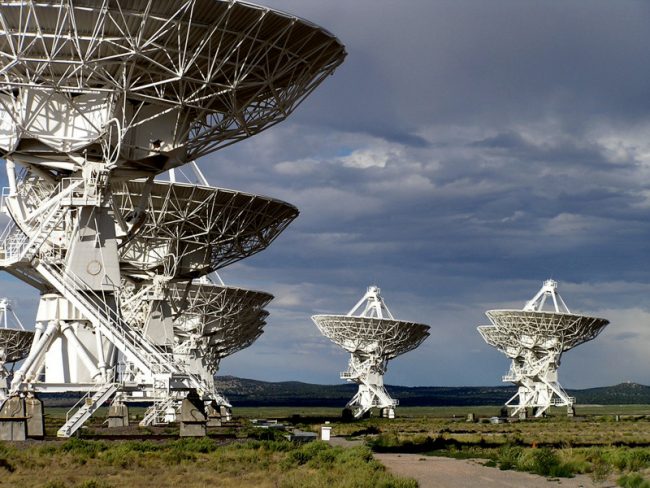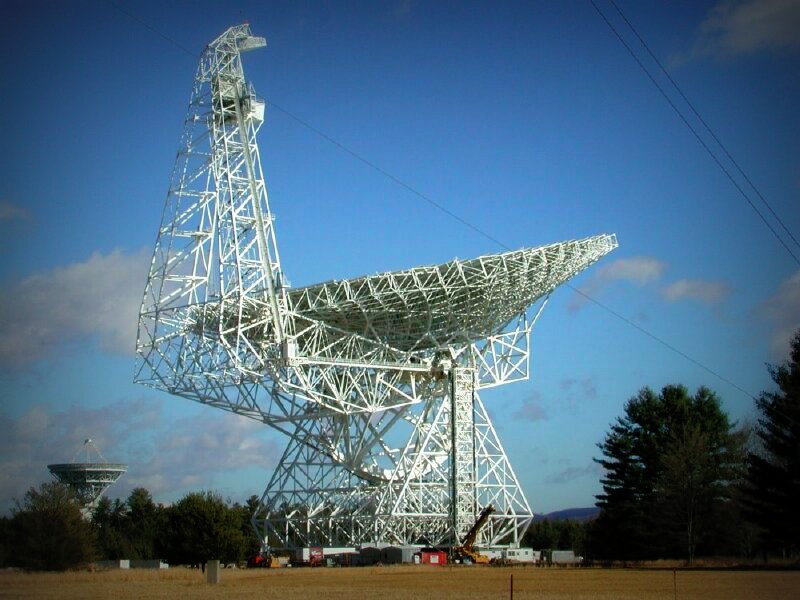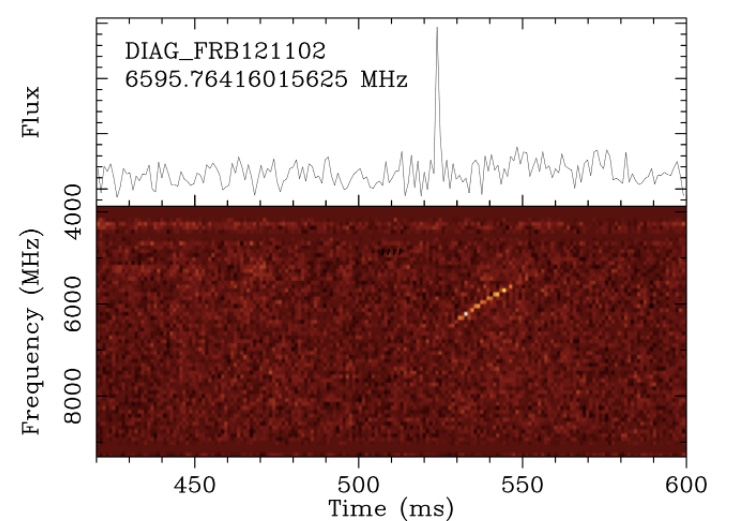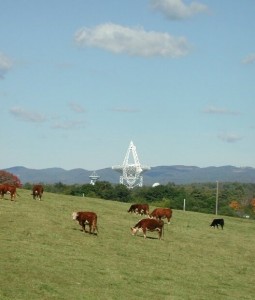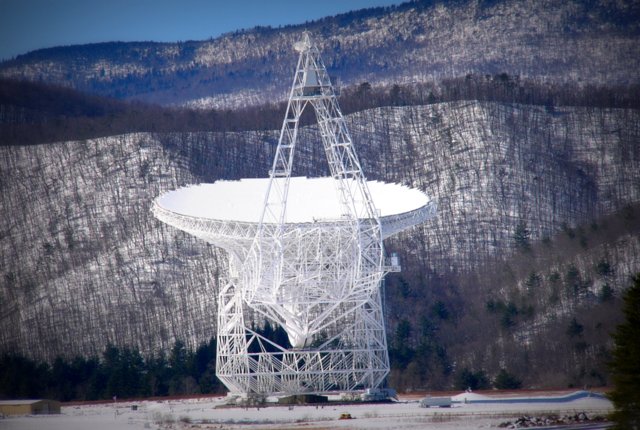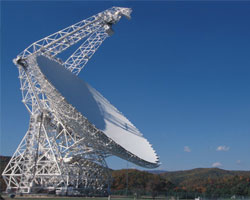(Source: WIRED)
IN THE EARLY 1930s, Bell Labs was experimenting with making wireless transatlantic calls. The communications goliath wanted to understand the static that might crackle across the ocean, so it asked an engineer named Karl Jansky to investigate its sources. He found three: nearby thunderstorms, distant thunderstorms, and a steady hiss, coming from … somewhere.
Jansky studied the hiss for a year, using a rudimentary antenna that looked like toppled scaffolding, before announcing its origin: The static was coming from the the galaxy itself. “Radio waves heard from remote space,” announced The New York Times in May 1933. “Sound like steam from a radiator after traveling 30,000 light-years.” Janksy had unwittingly spawned the field of radio astronomy.
Today, a replica of Jansky’s scope sits on the lawn in front of Green Bank Observatory, one of the four world-class public radio telescopes in the US. Along with the Very Large Array, Arecibo Observatory, and the Very Long Baseline Array (VLBA), it is the legacy of a boom time in federal investment in the field that began in earnest after World War II.
In the past several years, though, the National Science Foundation has backed away from three of those instruments. In 2012 the NSF published a review recommending that the foundation ramp down funding to Green Bank—just 11 years after it was finished—as well as the VLBA, which can resolve a penny from about 960 miles away. Three years later, the foundation asked Arecibo for management proposals that “involve a substantially reduced funding commitment from NSF.”
[S]upport for pure science in the US is always complicated, since it relies on the good graces of federal agencies and annual budgets. As funders balance building and operating new scopes with the old, while giving grants to the astronomers who actually use those instruments, something’s gotta give. And no matter what it is, the science will not be the same.
[…]THERE IS A new facility potentially on the horizon: The Next-Generation VLA (the VLA itself, while upgraded, is 40 years old). As currently envisioned, the ngVLA’s many antennas will together have 10 times the sensitivity and resolution as the VLA, at a wider range of frequencies. The primary array will have 214 18-meter antennas, spiraled across New Mexico, Texas, Arizona, and Mexico. Nineteen smaller ones will sit close to the center, and 30 18-meterers will constellate the continent.[…]
Read the full article at WIRED magazine.
Check out this video for more info about the ngVLA:

